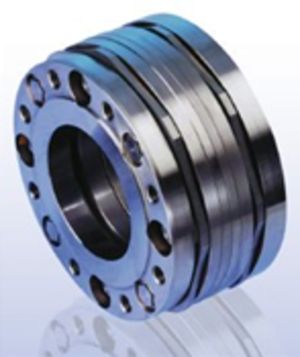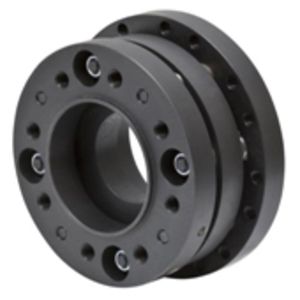Couplings and Mounting Parts for Torque Applications — Your Selection Guide
Which coupling is the right one?
A torque flange is a precision transducer that enables very small uncertainties of measurement to be attained. However, to achieve this special requirements need to be met. It is most important to minimize the parasitic loads affecting the transducer which, among other things, result from alignment errors in the drive train. A radial parallel offset of the shaft ends installed on the measurement flange generates a radial force and a bending moment affecting the transducer. A radial angular offset results in a bending moment while an axial offset causes both an axial force and a bending moment.
Compensating for parasitic loads
In practical use, all offsets and thus all parasitic loads occur simultaneously. Aligning the shaft train as precisely as possible only partly resolves the problem, because inherent tolerances inhibit full elimination of the offsets. For this reason, it is necessary to install torsionally stiff, but otherwise elastic compensating components together with the transducer, in particular, if higher rotational speeds are involved. These will nearly fully compensate for the remaining offsets. Using such compensating components increases the transducer's accuracy and, at the same time, protects the bearings mounted in the shaft train against higher wear.
Couplings used as compensating components
A coupling used as a compensating component comprises two elements that function as backlash-free cardan shafts. This allows compensation of angular and axial offset as well as parallel offset. The most compact form of such a compensating component is the full coupling, with the two elements functioning as cardan shafts (half couplings) being mounted directly adjacent to one another. Due to the small clearance between the two elements, the offsets that can be compensated for are only small. Bigger offsets require greater clearances.
Considering the tasks to be performed by the coupling and taking into account the objective of installing the "torque flange + compensating component" module in the shaft train in as convenient a manner as possible resulted in a multitude of variants of couplings and mounting parts.
In addition to a wide range of torque flanges, HBM offers a choice of couplings and mounting parts covering the better part of torque applications. The configurations that can be implemented with these products are described below.
Configurations
1. Version with full coupling
With this compact version, high restoring forces are likely to develop from major offsets. Here it is particularly important that the shaft train is carefully aligned.
The module comprises the following components (from left to right):
Full coupling + torque flange
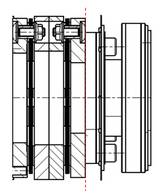
Fig. 1: Torque flange with Modulflex® full coupling
|
|
Fig. 2: Rexnord Modulflex® full coupling | Fig. 3: Mayr ROBA-DS full coupling |
2. Version with two half couplings and spacer
This version allows compensation of greater offsets. Furthermore, special spacer versions are available to perform additional tasks, for example, protecting the torque flange against high temperatures in the input shaft.
The module comprises the following components (from left to right):
Half coupling + spacer + half coupling + torque flange
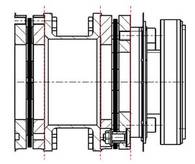
Fig. 4: Torque flange with 2 Modulflex® half couplings and spacer
3. Version with two half couplings and torque flange as spacer
The module comprises the following components (from left to right):
Half coupling + torque flange + adapter + half coupling
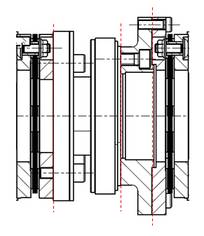
Fig. 5: Torque flange between two Modulflex® half couplings
This version, too, allows compensation of greater offsets, at the same time, this configuration does not require much space.
Mounting of the respective module in the shaft train often requires an adapter between the transducer's connection flange or the coupling and the shaft. For this purpose, we recommend using an additional special component providing the flange connector on one side and a clamping device for the shaft (clamping hub) on the other side. Depending on the respective mounting conditions, these components can be used individually or in pairs, in the second case also with different bore holes for different shaft diameters. An example is shown in Fig. 6. The module comprises the following components (from left to right):
Clamping hub + full coupling + torque flange + clamping hub

Fig. 6 (left side): Torque flange with Modulflex® full coupling and two Koniclamp® clamping hubs utilizing integrated clamping technology.
Fig. 7 (right side): Assembly of a complete module according to Fig.6.
Picture credit:
Fig. 1 and 2 as well as 4 to 7: Rexnord GmbH
Fig. 3: Chr. Mayr GmbH & Co. KG
Author of this article
Klaus Weissbrodt
Product and Application Manager Torque Applications, HBM Test and Measurement
